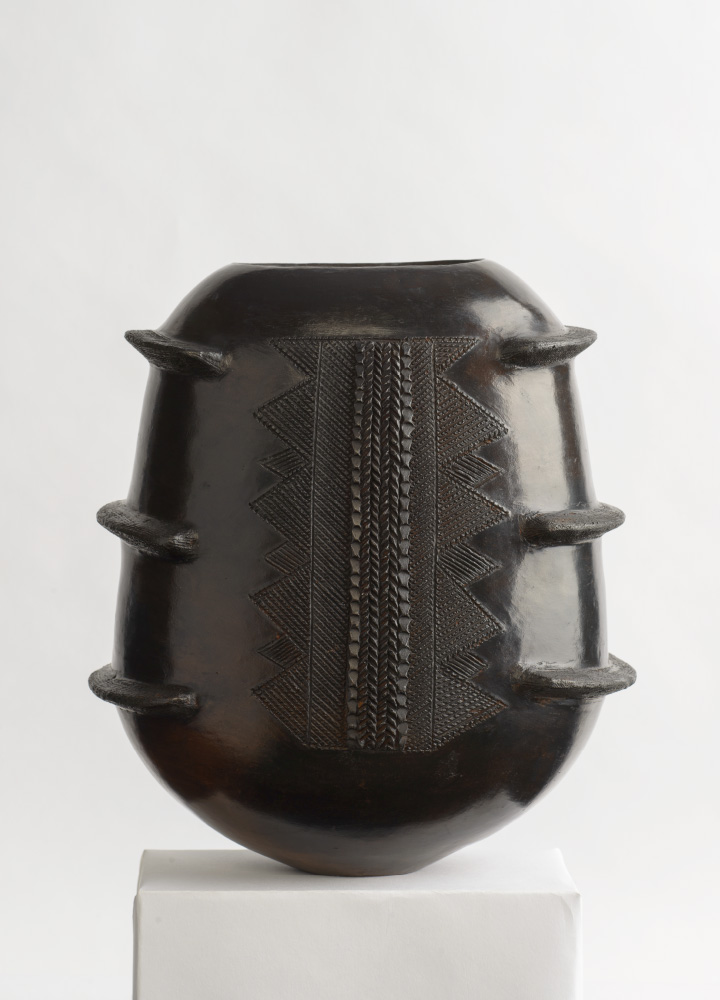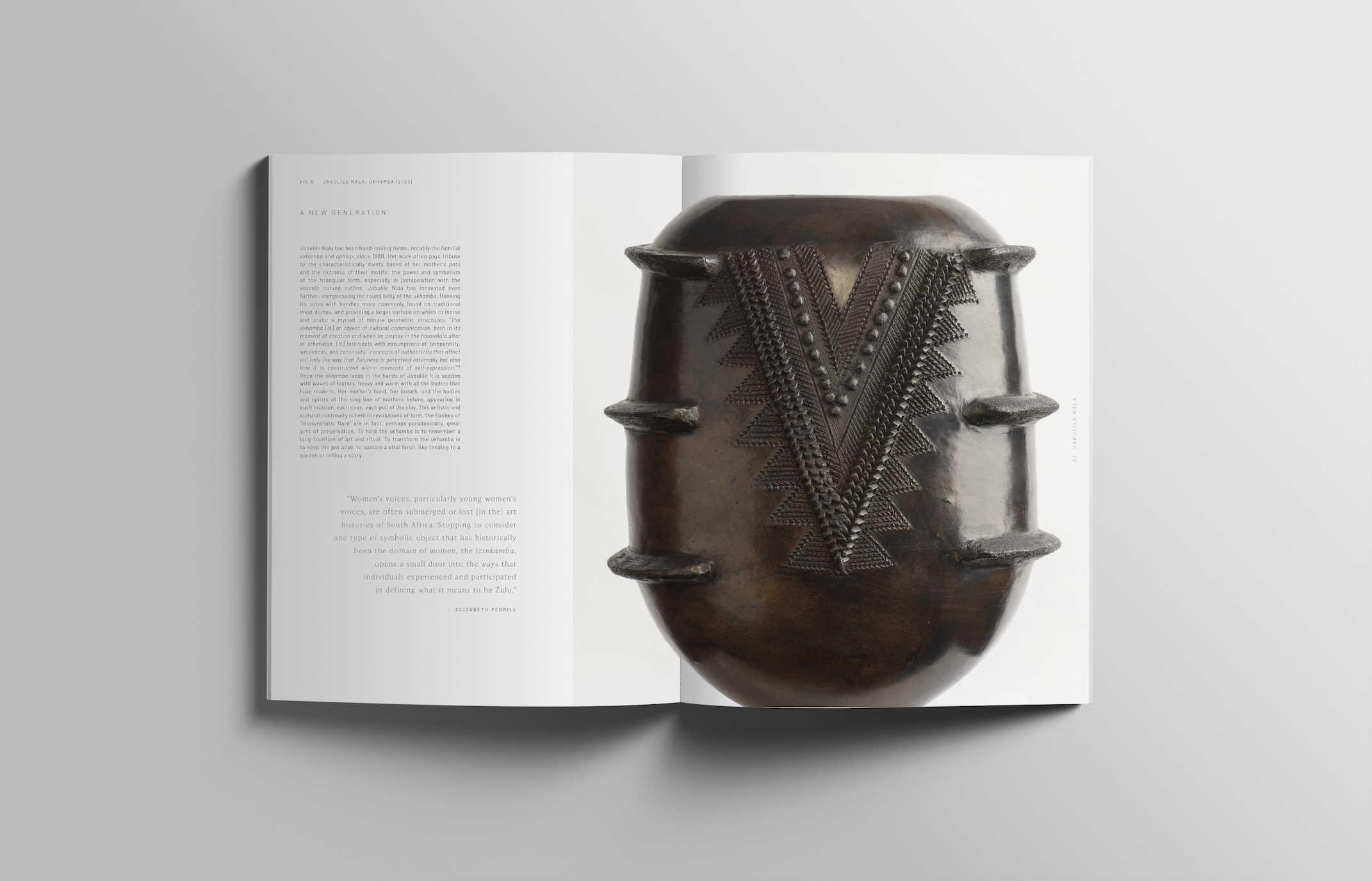

“Once the ukhamba lands in the hands of Jabulile Nala it is sodden with waves of history, heavy with all the bodies that have made it. Her mother’s hand and the bodies and spirits of the long line of mothers before, appearing in each incision, each coax, each pull of the clay.”

CLAY FORMES is the first of its kind: a survey of contemporary clay from South Africa. This volume, through exquisite photography and literary essays, showcases multiple generations of living South African artists, each innovating the potentialities of clay and ceramics. This publication offers enthusiasts and collectors a glimpse into the studios of thirty important South African artists and opens a window into the complexity of each body of work, revealing the richness of both contemporary clay and ceramic tradition within South African art.

This publication has sought to reflect its subject: to be as fluid as water and as weighty as earth. All this is done in the hopes of leaving behind a fresh approach to this manifold medium, and of presenting to the world the previously unexplored richness of sculptural clay in South Africa.
FIND OUT ABOUT OUR UPCOMING EXHIBITIONS AND PUBLICATIONS:
JOIN THE ART FORMES CLUB TO RECEIVE WRITE-UPS ON CONTEMPORARY SOUTH AFRICAN ARTISTS, EXHIBITION REVIEWS AND OTHER ART MUSINGS.